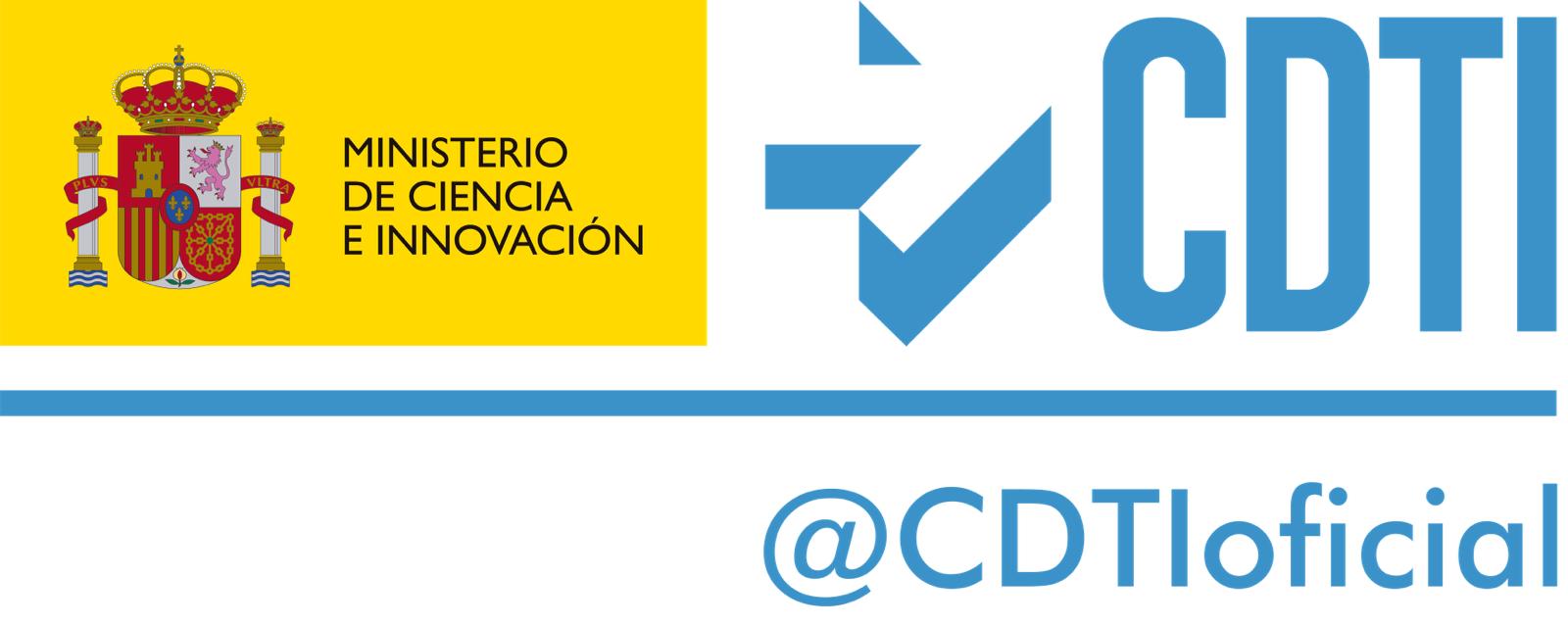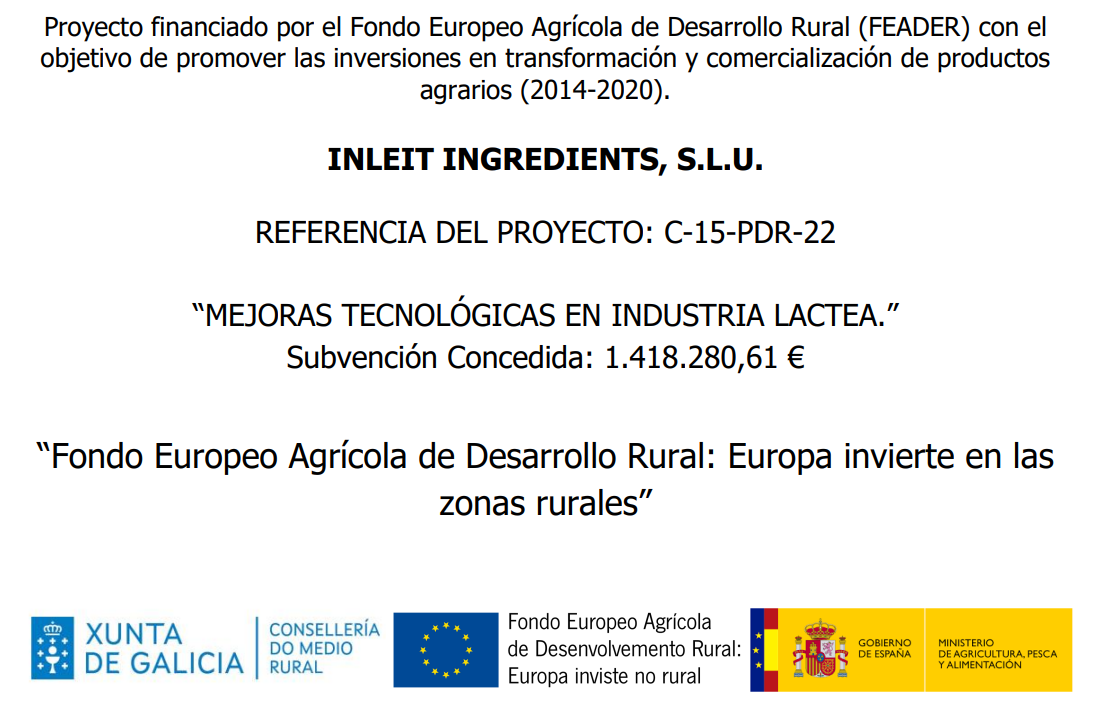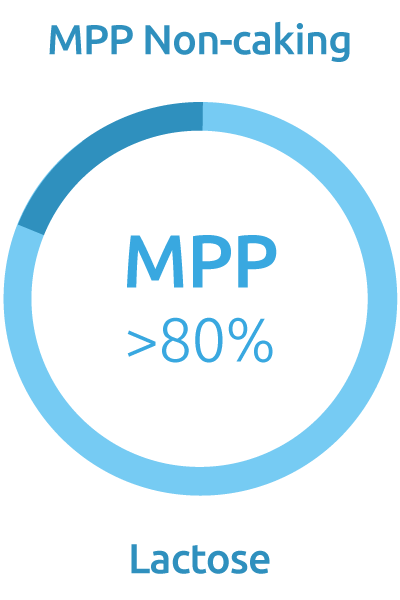In dietary guidelines, dairy products are generally included as a component of the “protein” or ” animals source foods” category along with meat, poultry, eggs, fish, nuts, and/or legumes1. However, milk and dairy products contain unique micronutrient combinations with recognized health benefits.
Health outcomes at the center of health-based messaging about dairy product consumption are often: bone and teeth health, cardiovascular health, and gut and immunological health1.
Osteoporosis and bone health
Milk and dairy products are vital for optimal bone formation and preventing bone loss as we age due to their nutritional composition3. These features have been linked not only to the proteins and minerals that dairy offers but also to the probiotic bacteria in fermented dairy products with the potential to produce changes in the gut microbiota. This suggests that the milk matrix is responsible for these benefits. An increased incidence of osteoporotic fractures in later life, particularly in women, relates to a history of low milk intake in childhood4.
Studying 3,251 women over the age of 20, Kalkwarf et al. observed that those who drank less than one serving of milk per week during childhood and adolescence had double the risk of osteoporotic fractures as those who drank more than one serving of milk per day throughout childhood and adolescence5.
Cardiovascular health
Milk is high in saturated fatty acids (65% of total fat), which is linked to an increased risk of cardiovascular disease by raising LDL cholesterol. However, some studies show that eating full-fat, whole or skimmed, fermented, or non-fermented dairy products are inversely related to cardiovascular and arterial disease6.
Additionally, milk helps decrease the risk of cardiovascular disease by regulating homocysteine levels and managing blood pressure by delivering considerable quantities of riboflavin, folates, pyridoxine, and calcium7. Fontecha et al. found that despite its high fat and salt content, cheese intake was related to a 10-18% reduced risk of coronary heart disease and a 6-7% lower risk of stroke8. This might be because specific fatty acids found in cheese reduce blood levels of small LDL-cholesterol (which is very vulnerable to oxidation and has a poor affinity for its cellular receptors) and increase fecal fat excretion9.
Weight management
Many children, adolescents, and adults across the globe are overweight or obese, a condition defined by extra fat that has detrimental health repercussions10. Some health professionals and the public associate dairy consumption with excessive energy intake and believe that they are detrimental to weight control and other health problems, even though milk and other dairy products are essential for proper nutrition and meeting the recommended intake of various nutrients11. Nonetheless, there is substantial scientific evidence that these products, because of their calcium and protein content, might influence weight management at various stages of life, as observed in multiple studies12,13.
Wang et al. observed that intake of milk and dairy products was related to a 13% and 46% decreased incidence of childhood obesity, respectively14. Most importantly, a 16% reduction in obesity risk was seen for every 200 grams of milk or dairy products ingested11.
Lopez-Sobaler et al. observed that increasing dairy intake in adults had no effect on body weight or body composition in non-energy-restricted diets but lowers body weight and body fat percentage when calories were limited11.
Effects on dental health
The risk of developing periodontitis is drastically reduced by consuming dairy products, including milk and fermented milk. The major reason is due to the nature of dairy products: calcium, phosphorus, and specific bioactive peptides preserve the tooth coating and provide a protective effect against cariogenesis and tooth loosening16.
Lactose, the main carbohydrate found in dairy products, is a less cariogenic sugar than sucrose and fructose because its digestion by microbes is less acidifying to saliva16. Moreover, it is only present in 4.7% of cow’s milk16.
According to research conducted in Japan, pregnant women who eat more dairy products, especially cheese, have a decreased chance of having a kid who develops dental caries. In most cases, mineralization and the development of the first teeth begin around the 13th week of pregnancy. Stronger tooth coatings may be formed if the mother consumes enough calcium during this period17.
Immunological health
In a healthy diet, dairy products are known to help boost body immunity and prevent infections, particularly viral ones. These dairy products can support a healthy immune system thanks to their nutrient richness:
• High quality protein
• Vitamin A
• Zinc
• Selenium
• Vitamin B12
• Vitamin D – present in fortified milks.
Milk and other dairy products help improve our nutritional status while having a significant favorable influence on chronic illnesses due to the interactions between nutrients and other components in the milk matrix. Even though many dietary guidelines recommend consuming two to three servings of low-fat dairy per day, new research suggests that the type of dairy consumed is more important than the fat content and that cutting out full fat milk and other dairy products like cheese from the diet may have more negative than positive effects on health.
References:
- Comerford K.B. et al. 2021 Front Nutr;8:671999. doi:10.3389/fnut.2021.671999
- Zhang X. et al. 2021 Nutr Metab;18(1):7. doi:10.1186/s12986-020-00527-y
- Ratajczak A.E. et al. 2021 Nutrients.;13(4):1329. doi:10.3390/nu13041329
- de Lamas C. et al. 2019 Adv Nutr.;10(suppl_2):S88-S96. doi:10.1093/advances/nmy096
- Kalkwarf H.J. et al. 2003 Am J Clin Nutr;77(1):257-265. doi:10.1093/ajcn/77.1.257
- Willett W.C. and Ludwig D.S. 2020 N Engl J Med;382(7):644-654. doi:10.1056/NEJMra1903547
- Wang D.D. and Hu F.B. 2017 Annu Rev Nutr;37:423-446. doi:10.1146/annurev-nutr-071816-064614
- Fontecha J. et al. 2019 Adv Nutr;10:S164-S189. doi: 10.1093/advances/nmy099
- Thorning T.K. et al. 2016 Food Nutr Res;60:32527. doi:10.3402/fnr.v60.32527
- NCD Risk Factor Collaboration (NCD-RisC) 2017 Lancet;390(10113):2627-2642. doi:10.1016/S0140-6736(17)32129-3
- López-Sobaler A.M. et al. 2020 Nutr Rev;78(11):901-913. doi:10.1093/nutrit/nuaa003
- Faghih S.H. et al. 2011 Nutr Metab Cardiovasc Dis;21(7):499-503. doi:10.1016/j.numecd.2009.11.013
- Fernandez M.A. et al. 2017 Adv Nutr;8(6):812-829. doi:10.3945/an.116.013946
- Wang W. et al. 2016 Ann Epidemiol;26(12):870-882.e2. doi:10.1016/j.annepidem.2016.09.005
- Adegboye A.R.A et al. 2012 Nutrients;4(9):1219‐29. doi.org/10.3390/nu4091219
- Ravishankar T.L. et al. 2012 Eur Arch Paediatr Dent;13(3):144‐48 doi:10.1007/BF03262861
- Tanaka K. et al. 2012 Nutr J. 2012;11:33. doi:10.1186/1475-2891-11-33














